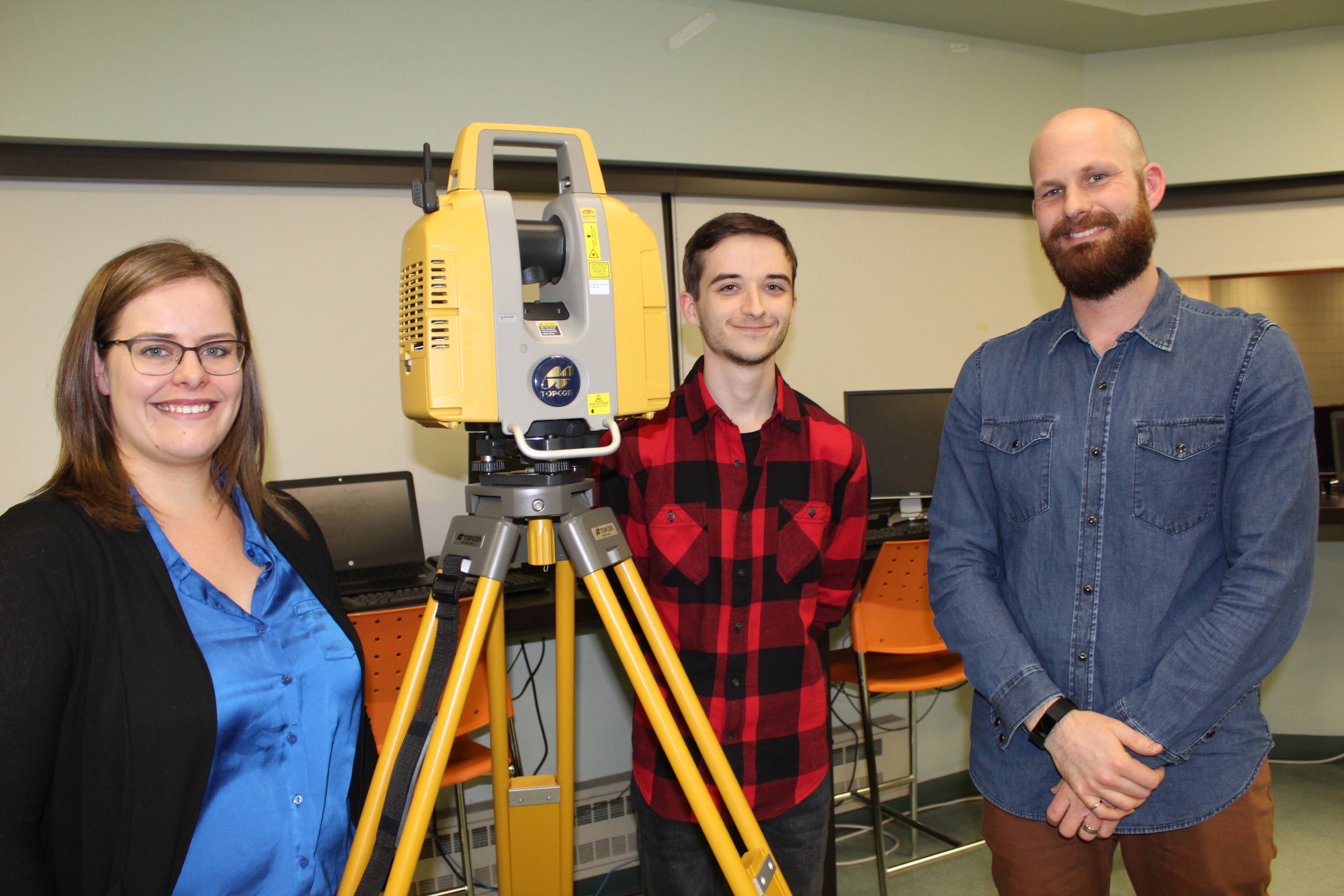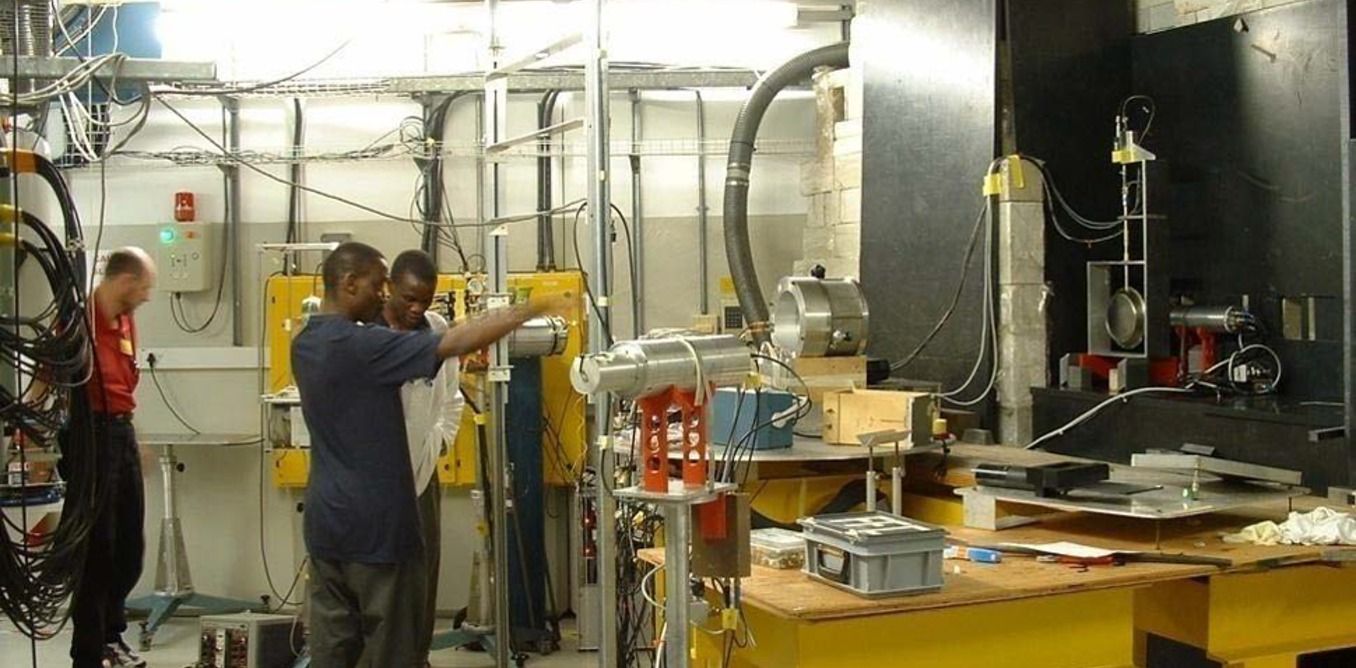Get the latest international news and world events from around the world.

NASA spacecraft meets with asteroid today
Over the next year, OSIRIS-REx will survey the asteroid using five scientific instruments on board the spacecraft. These instruments will help it determine a safe location from which to collect a small sample from Bennu’s surface that will be returned to Earth in September 2023.
“Bennu’s low gravity provides a unique challenge for the mission,” said Rich Burns, OSIRIS-REx project manager at NASA’s Goddard Space Flight Center. “At roughly 0.3 mile in diameter, Bennu will be the smallest object that any spacecraft has ever orbited.”
Gigantic Unexplored Cave Found in Canada May Never Have Been Seen
A huge, gaping cave has been discovered hidden in the remote Canadian wilderness, and despite the overwhelming scale of this stunning natural void, researchers suggest it may never have been seen by human eyes before.
Nicknamed the ‘Sarlacc Pit’ after the monstrous pit-dwelling beast in Star Wars, the giant cave – concealed amidst the rugged terrain of British Columbia’s Wells Gray Provincial Park – is so vast its effectively unbelievable, explorers say.
“My immediate reaction was that there can’t be a cave there, it’s impossible,” geoscientist Catherine Hickson, who conducted an expedition to the site in September, told Global News.

CNA students digitally preserve old buildings using technology
Commercial Chambers Building the first to be scanned.
What if Waterford Manor, Richmond Cottage, and Belvedere orphanages could have been digitally preserved before they were destroyed?
What if their exact dimensions and details were recorded as historical record, with possibilities for virtual tours, or even replicas, long after the buildings are gone?

How African researchers are adding to deeper knowledge about neutrons
Matter is all around us. As human beings, we’re made of it. Matter is the “stuff” that makes up the physical world as we know it; a collection of atoms made up of particles called protons, electrons and neutrons.
Part of my work, as a post-doctoral researcher at iThemba LABS (Laboratory for Accelerator Based Sciences) in Cape Town, South Africa, focuses on neutrons. These are subatomic particles that can penetrate through matter, which means they can be harnessed for all sorts of important work.
For example, high-energy neutrons may be used to destroy tough tumours that can’t be killed by the usual x-rays that are available in hospitals.

Watch Live: NASA OSIRIS-REx Arrives at Asteroid Bennu
The space rock could hold clues to the origins of our solar system, and maybe even life on Earth.

Experimental cancer drug repurposed to prevent Parkinson’s
As promising as a drug candidate may be, the unfortunate truth is that not all of them end up performing as hoped – but that doesn’t mean they’re completely useless. Researchers at Oxford University have managed to give second life to an experimental cancer drug known as tasquinimod, which has now shown promise in preventing Parkinson’s.

World AIDS Day: 5 ways to make a difference
December 1 is World AIDS Day, an annual event dedicated to raising awareness and money to fight AIDS around the world.
Over the last four decades, HIV and AIDS have been at the forefront of advocacy and research. But despite medical advances, AIDS remains one of the most destructive pandemics in history, particularly of youth.

Twenty-five years ago today
Twenty-five years ago today, a group of astronauts ascended in the space shuttle to accomplish a feat of unprecedented proportions: to fix NASA’s Hubble Space Telescope, in space. Learn how the ingenuity of those repairs blazed the way for decades of not only satellite repairs, but also space exploration: https://go.nasa.gov/2FWHuXz&h=AT1qFoI48_v6tgpXkkQf7uBHIj2Xuh…jlZErelV8A